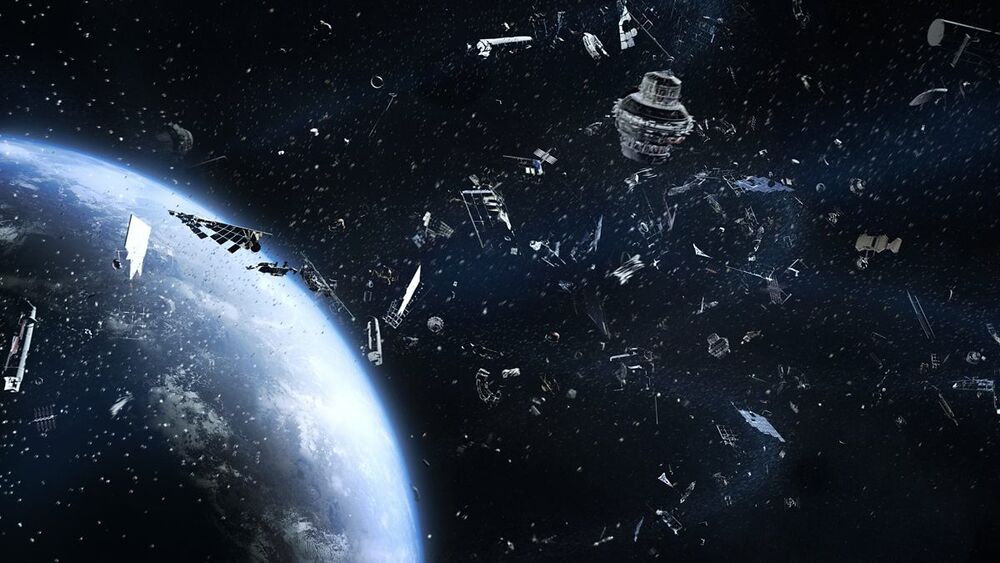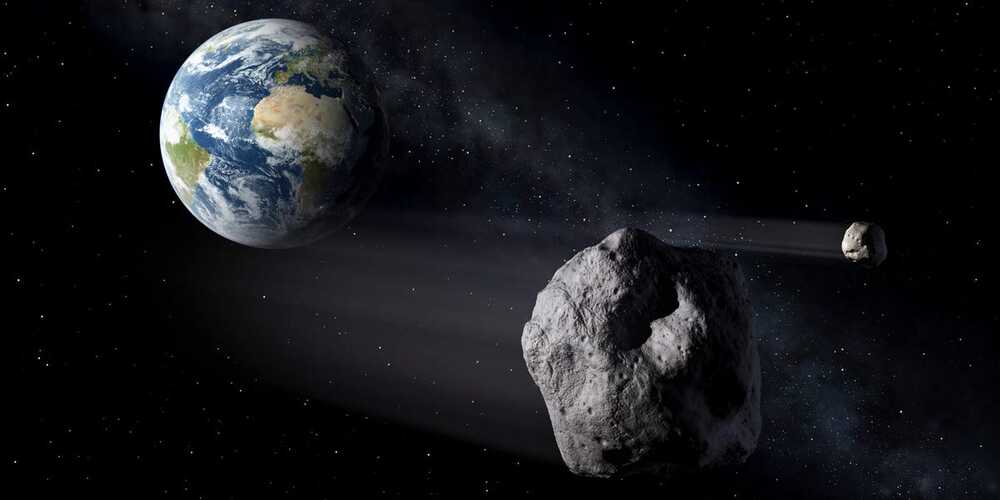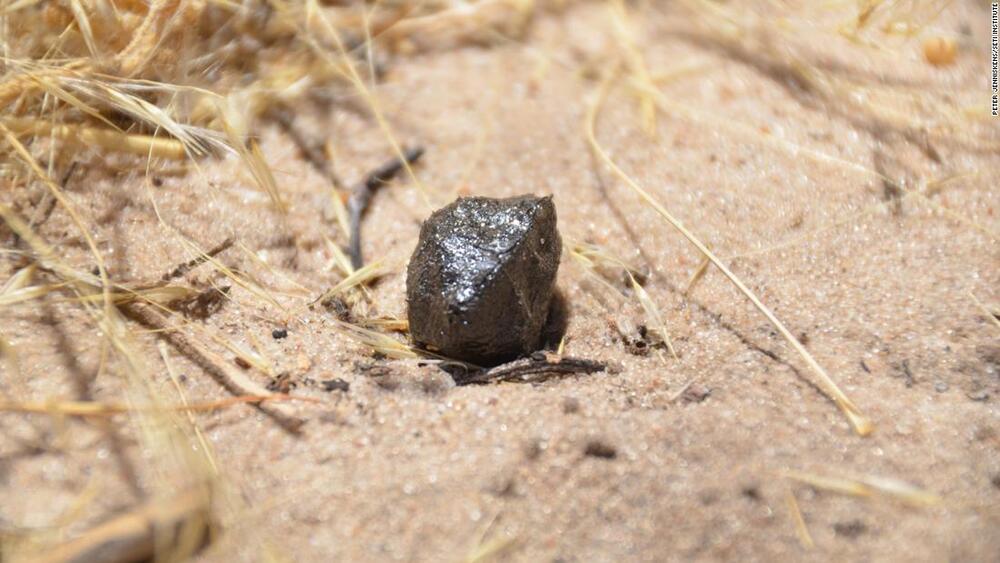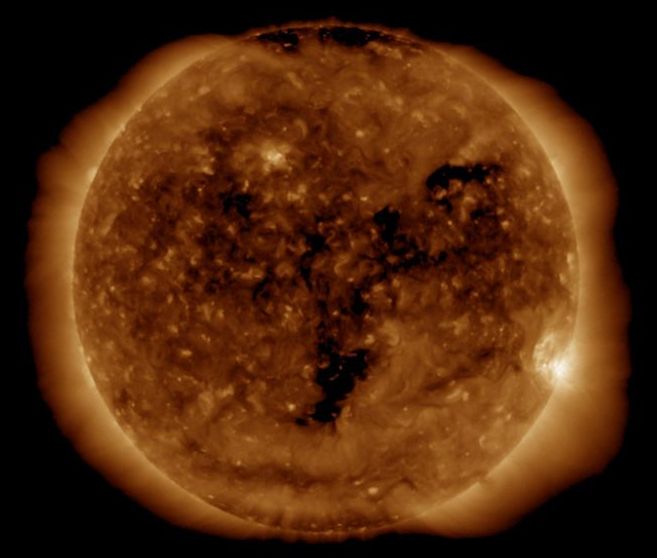Future movie making. Planning your movies years before filming.
Editor’s Note: Previs is a collaboration between previs artists, directors, producers, and other department heads. Directors have a role in guiding and producing the previs, and some furnish the storyboarding materials on which previs is based.
We talked to Hollywood’s busiest visualization studio, The Third Floor, to find out why visualization is the secret MVP of Marvel movies.
The Third Floor is one of the world’s top visualization studios and has worked on 19 of the 23 installments in Marvel’s “Infinity Saga.” From previs and stuntvis to techvis and postvis, The Third Floor’s work on Marvel movies runs through the entire production process. The first previsualizations of a Marvel film can begin well in advance of its release date, often before the screenplay is fully finished. Find out how Marvel visualizes its movies years before filmmaking and how this practice has helped the MCU rise its position of box-office dominance today.
The Third Floor has done visualization work for 2010’s “Iron Man 2″; 2011’s “Thor” and “Captain America: The First Avenger”; 2012’s “The Avengers”; 2013’s “Iron Man 3″ and “Thor: The Dark World”; 2014’s “The Amazing Spider-Man 2″ and “Guardians of the Galaxy”; 2015’s “Avengers: Age of Ultron” and “Ant-Man”; 2016’s “Captain America: Civil War” and “Doctor Strange”; 2017’s “Spider-Man: Homecoming,” “Thor: Ragnarok,” and “Guardians of the Galaxy Vol. 2″; 2018’s “Avengers: Infinity War,” “Deadpool 2,” “Ant-Man and the Wasp,” and “Venom”; and 2019’s “Captain Marvel,” “Avengers: Endgame,” and “Spider-Man: Far from Home.”






